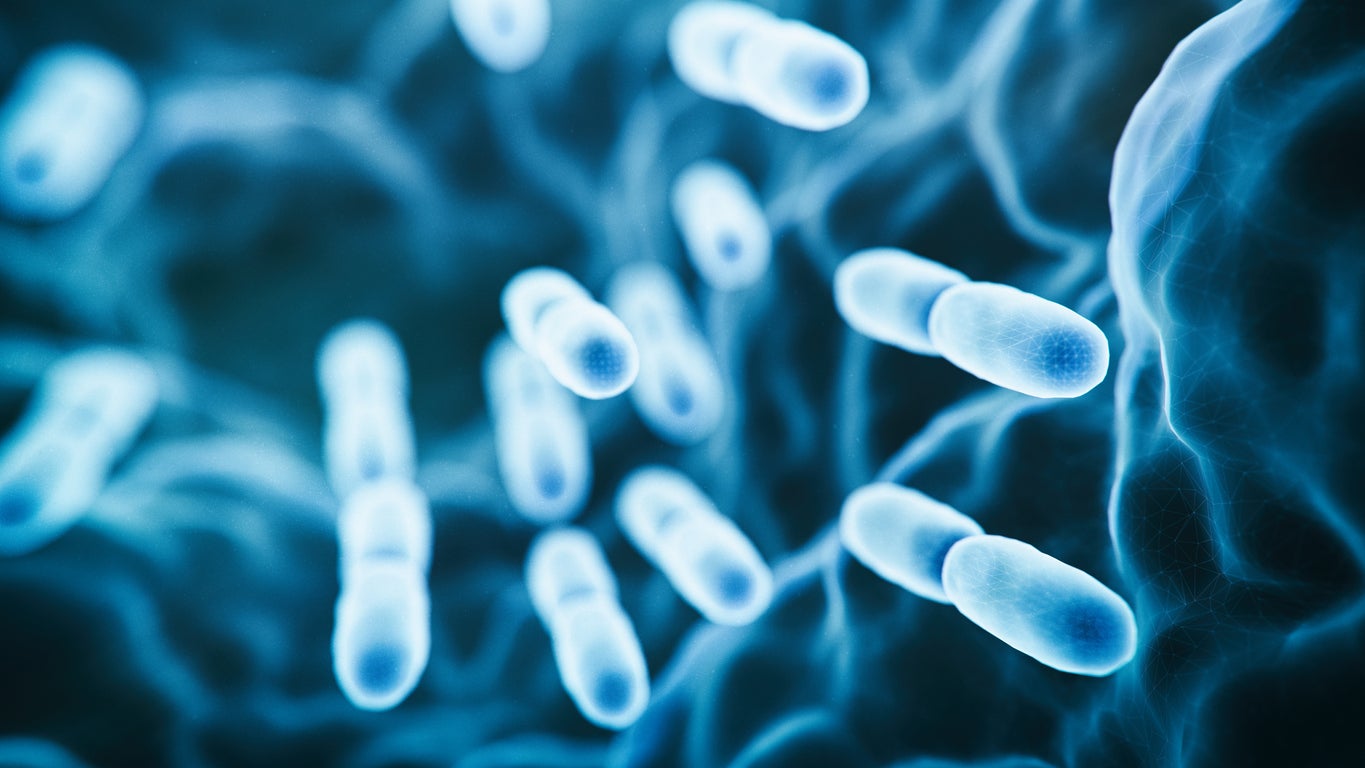What is Legionnaires’ disease and what are the symptoms?
Legionella bacteria, is commonly found in water and can cause a serious type of lung infection - Here’s everything we know about the disease

A bacteria that causes Legionnaires’ disease has been found on board the Bibby Stockholm barge, forcing dozens of asylum-seekers to leave the accommodation in Dorset.
All of those on board are likely to be taken to new accommodation as a precautionary measure.
The Independent understands that some asylum-seekers and staff remained on board after the Home Office’s announcement on Friday afternoon.
Around 50 people were initially been expected to be in the first group to board the barge following several delays. But “last-minute legal challenges” reduced that number and 39 people had been on board.
Legionella bacteria, is commonly found in water and can cause a serious type of lung infection known as Legionnaires’ disease.
Here’s everything we know about the disease:
What is Legionnaires’ disease?
Legionnaires’ disease is a severe form of pneumonia - lung inflammation usually caused by a bacterial, viral or fungal infection. In this case, the disease is caused by the Legionella bacteria. The disease is transmitted by inhaling the bacteria from water or soil.
What are the causes of this disease?
Legionella bacteria is responsible for most cases of Legionnaires’ disease. The bacterium is often found outdoors but the Mayo Clinic has said it rarely causes infections.
It is also possible to get the disease from home plumbing, with most outbreaks occurring in large buildings, “perhaps because complex systems allow the bacteria to grow and spread more easily,” the clinic has said on its website.
Previous outbreaks have been linked to:
• Hot tubs and whirlpools
• Cooling towers in air conditioning systems
• Hot water tanks and heaters
• Decorative fountains
• Swimming pools
• Birthing pools
• Drinking water
The infection can also be transmitted through aspiration, which occurs when liquids accidentally enter your lungs and through soil.
What are the symptoms?
World Health Organisation (WHO), has said Legionnaires’ disease usually develops two to 10 days after exposure to legionella bacteria.
Some of the symptoms include:
• Headache
• Muscle aches
• A fever
Mayo Clinic has said by the second or third day you may develop other signs and symptoms such as:
• A cough that might bring up mucus and sometimes blood. As many as 50% of patients can have phlegm as well.
• Shortness of breath
• Chest pain
• Confusion
• Nausea and or vomiting
• Diarrhea
“Although Legionnaires’ disease primarily affects the lungs, it occasionally can cause infections in wounds and in other parts of the body, including the heart,” the Mayo Clinic has said.
There is also a mild form of Legionnaires’ disease known as Pontiac fever (a mild flu-like illness) which can produce a fever, chills and muscle aches. This fever does not affect the lungs and usually clears up within two to five days.
Who is most at risk?
In most cases, not everyone exposes to the legionella bacterium becomes sick but you be at a higher risk of developing the infection:
If you smoke, which in turn damages the lungs and makes your lungs weaker.
If you have a weakened immune system, this can be due to human immunodeficiency virus (HIV)/acquired immunodeficiency syndrome (AIDS) or certain medications.
If you have a serious chronic lung disease or other conditions that include diabetes, kidney disease or cancer.
If you are over the age of 50 or older.
How is the disease treated?
The NHS has said you may need to go into the hospital if you have been diagnosed with Legionnaires’ disease.
The hospital may be able to give antibiotics directly to the vein, oxygen through a face mask or tubes or a machine to help you breathe.
When you are showing signs of recovery, the doctor might provide antibiotic tablets. Antibiotic treatment usually lasts 1 to 3 weeks.
“Most people make a full recovery, but it might take a few weeks to feel back to normal,” the NHS said.
Is the disease contagious?
According to the Cleveland Clinic, the disease is not contagious and you cannot get it from another person.
Have there been any outbreaks of the disease in the past?
The first major outbreak of Legionnaires’ disease was in 1985 at Staffordshire Hospital, where over 100 patients fell ill with pneumonia-like symptoms, 28 of which died. An investigation traced the source of the outbreak to Legionella bacteria in an air-conditioning cooling tower, according to Socotec UK.
In 2002, seven people died and 180 people became ill as a result of the legionella outbreak at a council-owned arts and leisure facility in the town centre of Barrow-in-Furness, Cumbria.
In a report published by Public Health England, in 2020 - there were also 254 confirmed cases of the disease with symptom onset from 1 January to 31 October.
Join our commenting forum
Join thought-provoking conversations, follow other Independent readers and see their replies
Comments


Bookmark popover
Removed from bookmarks